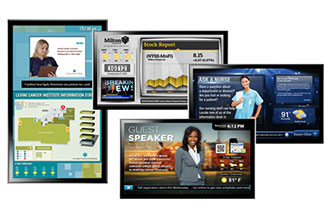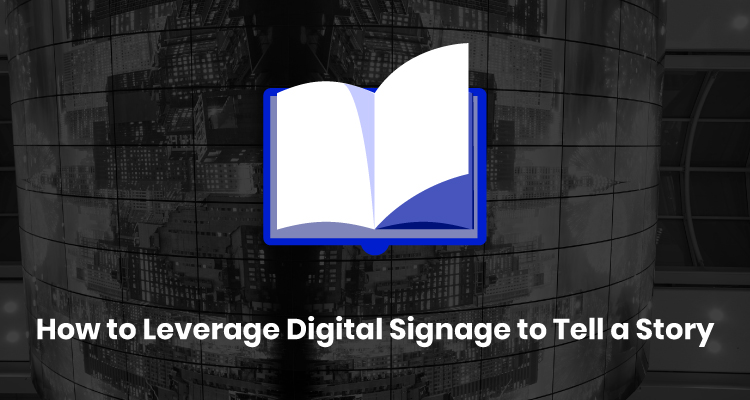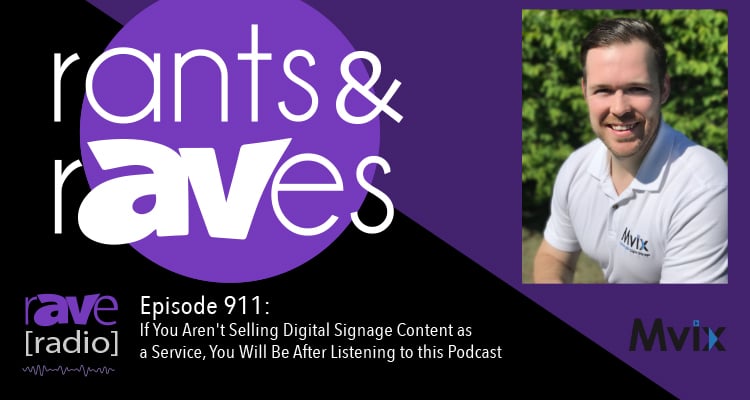Are We Clear?
 Digital out of home messaging brings tremendous economies and agility to branding and promotional marketing. Messages can be created quickly often using graphic, animation and text elements that are used elsewhere in campaigns. And unique messages can be created to suit the target audience, display location, time of day and reflecting the context in which the message would be viewed, such as major holidays, events, weather conditions and world events.
Digital out of home messaging brings tremendous economies and agility to branding and promotional marketing. Messages can be created quickly often using graphic, animation and text elements that are used elsewhere in campaigns. And unique messages can be created to suit the target audience, display location, time of day and reflecting the context in which the message would be viewed, such as major holidays, events, weather conditions and world events.
But this ease of message creation places a burden of clarity on the marketer or communicator.
The simple question is: “Are we clear?”
The message must achieve intended results, and the minimal amount of information required to achieve this always makes for the best digital out of home use.
The medium can, and should be used to achieve multiple goals simultaneously.
As a minimum, the message should include the identity of the product or service being offered, its core value proposition (i.e., benefit) and a call to action, which might include a telephone number, web address or invitation to engage with product/service/event information through TXT, download or mobile commerce.
When the intention is to increase brand awareness and recall, the primary message elements would include brand identity, tagline, value proposition and other information that allows a viewer to align with and aspire to the brand.
A promotional or merchandising message would seek to achieve viewer response with the promise of value that matters to the viewer. Examples include attractive pricing, selection, ease in getting the value, the benefits of improved life and fun.
Message benefits are maximized when the message is visually appealing and easy to read.
Our brains are hardwired to notice motion, and so the visual appeal should include animation that will attract the eye even unconsciously. Viewers will pay attention and “ingest” messages that they believe are relevant to their wants or needs, and they will unconsciously ignore messages that are not.
Content creation traps that must be avoided include:
- A lack of visual that easily represents the product or service
- Too much information, beyond what is required to achieve the outcome
- Text that is to small to read from the intended viewing distance
- Use of background and text coloration that make the content challenging to ingest.
- An unsuitable length of message relative to the viewing experience. Two short causes viewer frustration (and de-brands), while messages that are too long minimize the opportunity to make best use of display capability.
Generating engagement on the path to purchase can be achieved with simple messaging when the answer to the question “Are we clear?” is: “Yes!”
Lyle Bunn is an analyst, advisor and educator in North America’s digital place-based media sector who has assisted hundreds of organizations to gain advantage from the medium, and who has helped to train thousands of professionals. Reach him at Lyle@LyleBunn.com.
This column was reprinted with permission from the Digital Screenmedia Association and originally appeared here.





